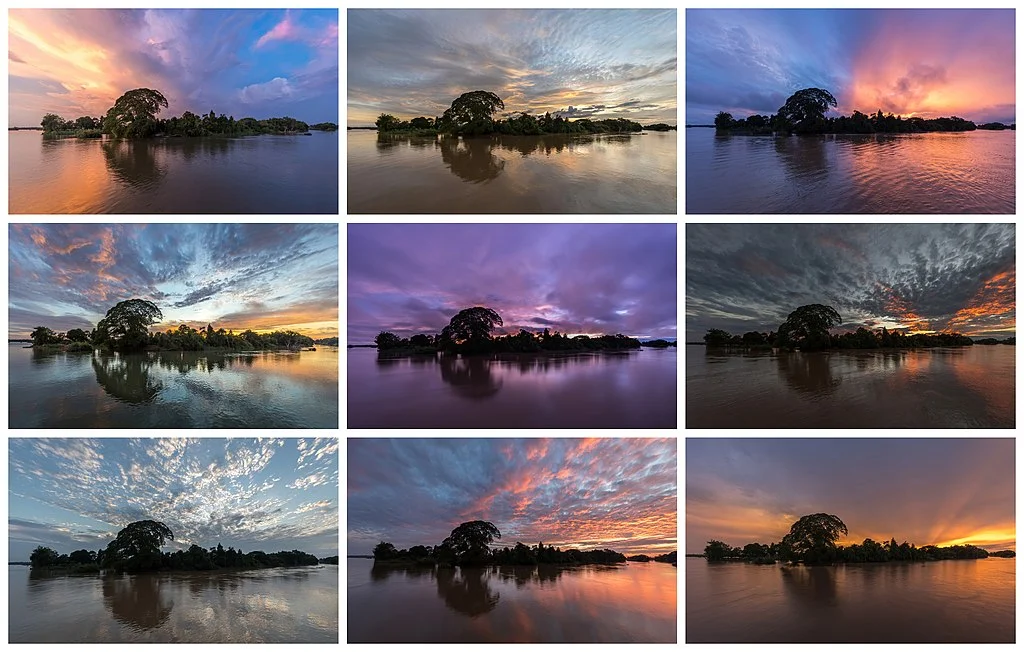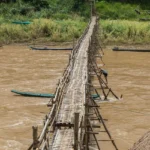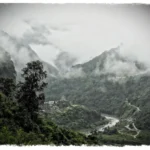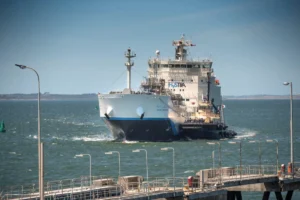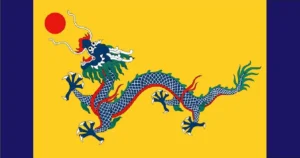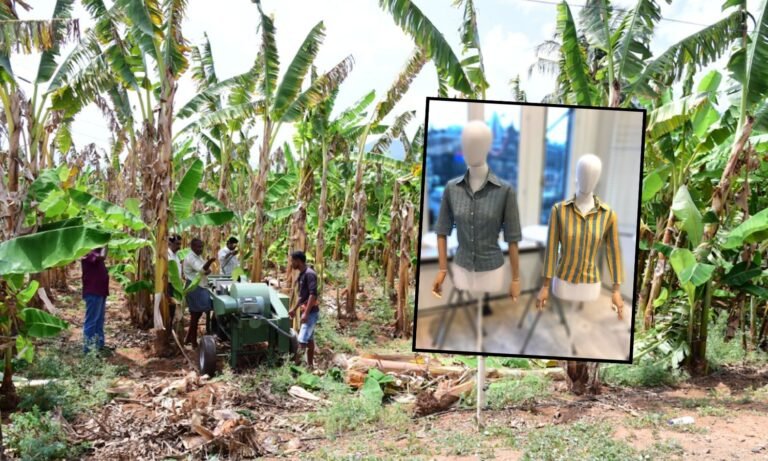‘Reparations” are framed as an apology – an omission of liability requiring compensation.
CC Basile Morin
The term “loss and damage” dominated COP27 & 28. What does it mean exactly?
Loss and damage refers to the negative consequences that arise from the unavoidable risks of climate change, like rising sea levels, prolonged heatwaves, desertification, the acidification of the sea and extreme events, such as bushfires, species extinction and crop failures. As the climate crisis unfolds, these events will happen more and more frequently, and the consequences will become more severe.
Historically, G20 countries have emitted majority of the greenhouse gases driving the climate crisis. How is this impacting developing countries?
Please watch this Video to get a sense of how bad it is. Grace Malie is known as “Tuvalu’s Greta Thunberg”, or the “real-life Moana”. The 25-year-old climate activist has been travelling the world, fighting to stop her atoll island nation being lost to climate change.
Australia announced at COP 28 Dec 2023 they would contribute a foundational $100 million to the Pacific Resilience Facility (PRF) and rejoin and contribute $50 million to the Green Climate Fund (DFAT). However, alarmingly, Australia did not contribute to the COP 28 Loss and Damage fund although they gave leadership in the establishment of the Fund as a committee member. Currently estimated by Climate Analytics at US$400 billion per annum.
154 Heads of States and Government attended COP28. Parties reached a historic agreement on the operationalization of the loss and damage fund and funding arrangements – the first time a substantive decision was adopted on the first day of the conference. Commitments to the fund started coming in moments after the decision was gaveled, totaling more than USD 700 million.
Therefore, when some developed nations eg: India, China, Indonesia and Australia are still opening fossil fuel coal mines and fracking mines which are the main contributors to CO2 Climate change, the Loss and Damage fund is essential, ethical, and should be mandated as non-negotiable – to compensate underdeveloped countries from losing their land and livelihoods.
At the COP27/28 and agreement was reached for the World Bank to manage the Loss & Damage fund. The contributions are voluntary, and some nations are concerned that there is not a ceiling of compensation per GDP, and ongoing compensation required. Which in theory nations should contribute- particularly if still using fossil fuels. Therefore, countries are reticent to ‘buy’ into it, and allocate separate ‘development assistance’ funds, as a social norm, of Charity and / or Gift giving.

Source: National Resources Defense Council • Chart: Julia Haines/U.S. News & World Report
Big Developed Nations Power Relations highly visible – financially and politically.
Whereas Developing Countries have less influence in international political economy – but are more vocal about the need for support to address Climate Change disasters & adaptation and addressing longer term inadequacies in social and economical sustainability in the first place.
Therefore, when some developed nations eg: India, China, Indonesia and Australia are still opening fossil fuel coal and fracking mines contributing to CO2/Climate change, the Loss and Damage fund ethically should compensate underdeveloped countries from losing their land and livelihoods. But, the COP28 agreement / World Bank management of the Loss & Damage fund is voluntary, not having a ceiling of compensation, with perhaps a continued sliding scale of $ compensation therefore countries reticent to ‘buy’ into it, and allocate separate “development assistance’, as a social norm of Charity/ Gift.
Big Developed Nations Power Relations highly visible – financial & political. Whereas Developing Countries have less influence in international political economy – but are more vocal about the need for support to address Climate Change disasters & adaptation and addressing longer term inadequacies in social and economical sustainability in the first place.

